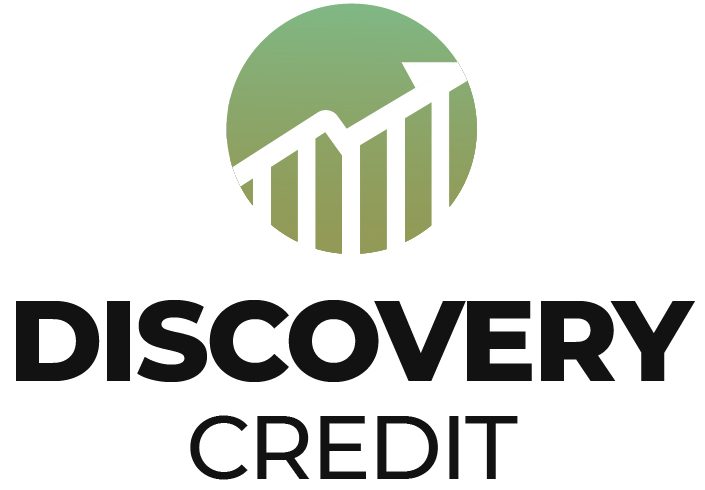In the present, Indians’ attitude towards credit card usage is changing. They are no longer viewed as a way to escape debt traps but as a tool to manage daily transactions. This has made it possible for banks and other institutions to devise creative ways to utilize credit cards.
You probably received many telephone calls, campaign emails, and emails from bank reps offering new credit card options featuring unique features. Banks don’t just offer these cards, but Budding FinTech providers also provide them. A child has made it to the block, and it’s not a credit card but a variety of other cards that fintech companies have launched.
In simple terminology, a fintech firm uses cloud services, the internet, mobile devices, or software connected to financial services. They are not issued through commercial banks. They are generally in a virtual form and are not comparable to regular credit cards.
Fintech companies provide an online card that has an individual credit line. After a few days, they’ll give you an actual credit card with the address on it. In addition, fintech credit cards are accessible to any person who doesn’t have a high credit rating; however, this does not mean that someone with a poor credit score cannot get credit cards through fintech firms. A few Fintech-related credit cards include Uni or slice credit cards.
Let’s Take a Look at the Benefits of Fintech credit cards:
Here are the advantages of using a Fintech credit card
- It is expected that Fintech providers will be onboarded digitally. They offer cards with minimal documentation in digital form. KYC for fintech cards is typically conducted online, using digital tools such as DigiLocker, C, eKY, or video KYC.
- You can obtain instant access to a digital Fintech credit card on various commerce platforms.
- Fintechs can provide various programs and rewards, including discount coupons and subscriptions for food deliveries, electronic pharmacy, and Edtech.
- It is easy to substitute a virtual card if it gets taken or lost.
- Additionally, Fintech has been trying to provide interactive statements on transactions that are extremely simple to comprehend.
- Fintech providers are figuring out an opportunity to propose and monitor a dispute. Traditionally, disputes were handled through contact centers or banks.
What are the characteristics of a Fintech Credit Card?
Let’s take a closer look at the specifics for each Slice and Uni Fintech card.
Bill Payment:
Before we get into the features of fintech credit cards, let’s consider the idea of a regular credit card. Credit card to make purchases or for a bill. You’ll get up to 45 days to pay for the amount.
Uni card:
However, the Uni card allows you to pay back in installments for three months, i.e., you pay one-third of the total amount you have swiped with Fintech cards, and you can pay the rest of the sum in equal payments and not have to pay any fee for late payments.
Slice Card:
You can choose between three, nine, and 12 months for a Slice card. Customers will only have three days to pay their bills and cannot make a payment on an account before the deadline.
Young generation card:
With the Uni credit card, you can pay within ten days. Slice Card recently introduced innovative credit cards with special offers for young professionals who do not have conventional jobs.
Exclusive deals:
The two cards, Slice & Uni, arrive with an exclusive cashback. Uni cards offer cashback at one, and Slice provides between 1 and 2 percent. Slice card offers additional discounts on top services like Uber, Zomato, and Amazon. Fintech companies such as GalaxyCard provide digital digital credit cards that range from Rs. 1,000 to 25,000. You can use the card in just three minutes.
The drawbacks of these cards
Benefits:
The biggest drawback to the fintech cards is that many don’t include rewards, international payments, wi, withdrawals, or loyalty points. When considering this card type, take your time before selecting the right one.
Score on credit:
If you use Slice or Uni offline or online, the card is classified as a loan for consumers on your credit report. If you do not make any payments, it affects your credit score like the average credit card. Because these cards function like BNPL cards, you’ll be able to see a loan account transaction on the credit file. Slice/Uni does not source the loan account’s entry but rather from the finance partners with which the Fintech company has formed a partnership.
They are not as valuable as physical cards.
Another issue is that most technology companies provide virtual cards that can’t be utilized at swipe machines similar to physical cards. In addition, a lot of fintech companies don’t permit customers to withdraw money from their virtual cards.
No link with App
The two Uni and Slice are not the same credit cards you can use for regular purchases, but here, they aren’t available to applications such as Cred. It’s just an online platform for paying your credit card bill to be paid in time.
How can you avail the fintech credit cards?
To get this card, you have to download the application and follow the instructions provided by your lender. After a few days, you’ll receive an electronic card. It will be delivered instantly. The physical will be delivered within a few days.
Conclusion
Before deciding on any biotech card, You should conduct studies and determine if that particular card meets the requirements of your intended user. Study its features and choose the card’s suitability and the most suitable for your financial habits. Another benefit of fintech credit cards is that they provide credit to those with zero credit scores. People with no credit history can apply for the card since the application process is straightforward. It’s best to review the options and choose the right one for your financial requirements.




